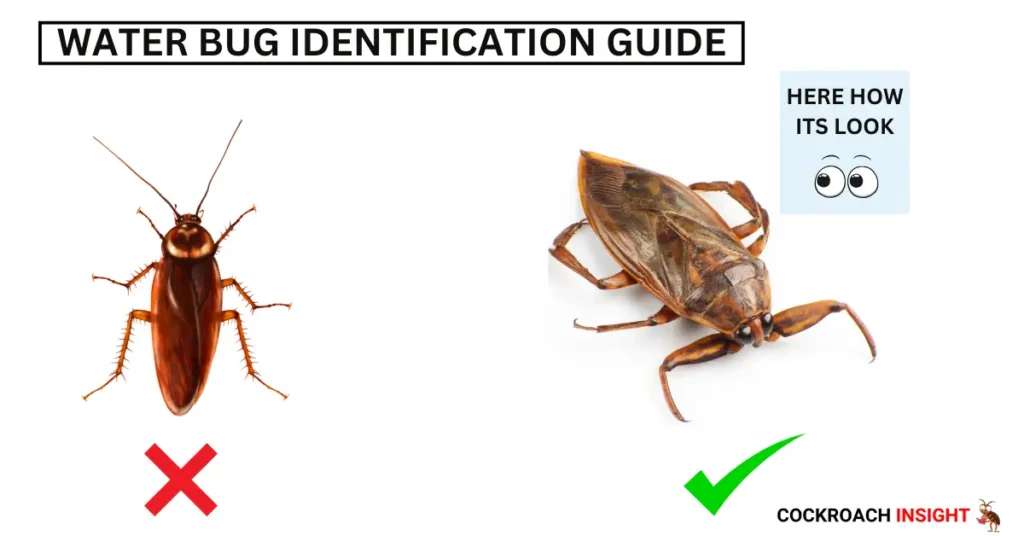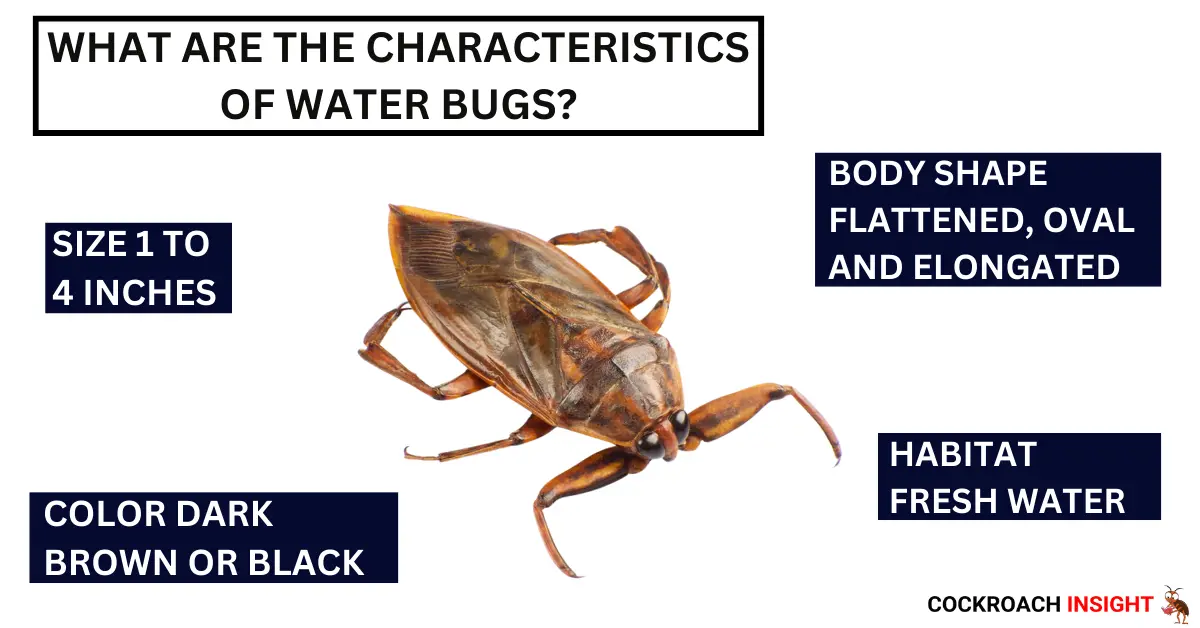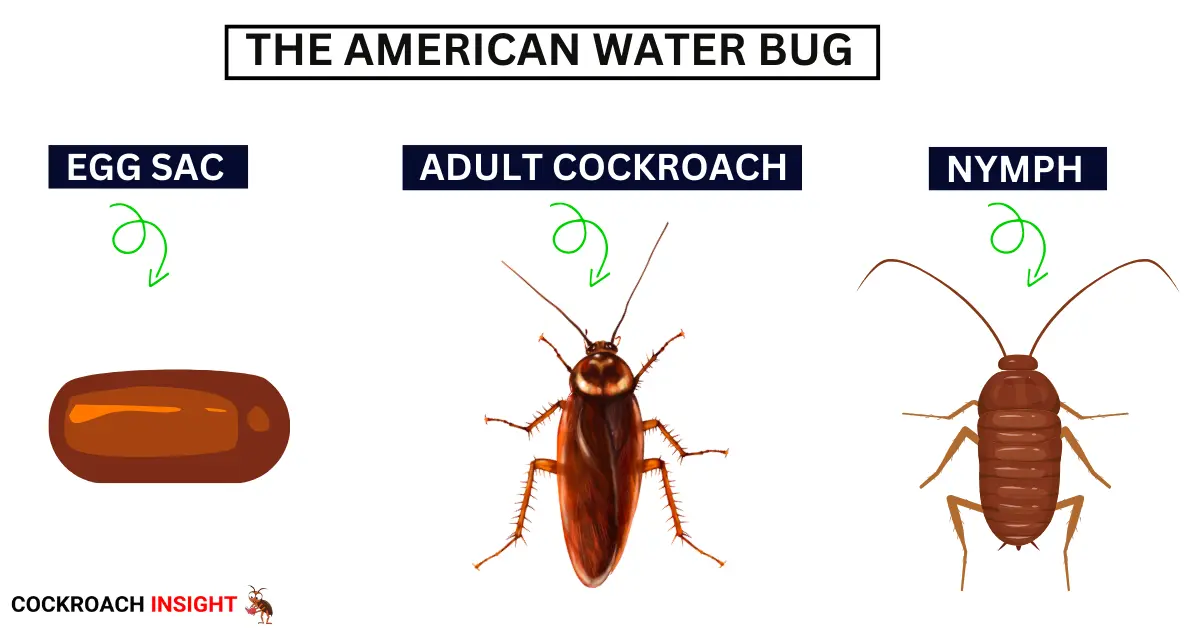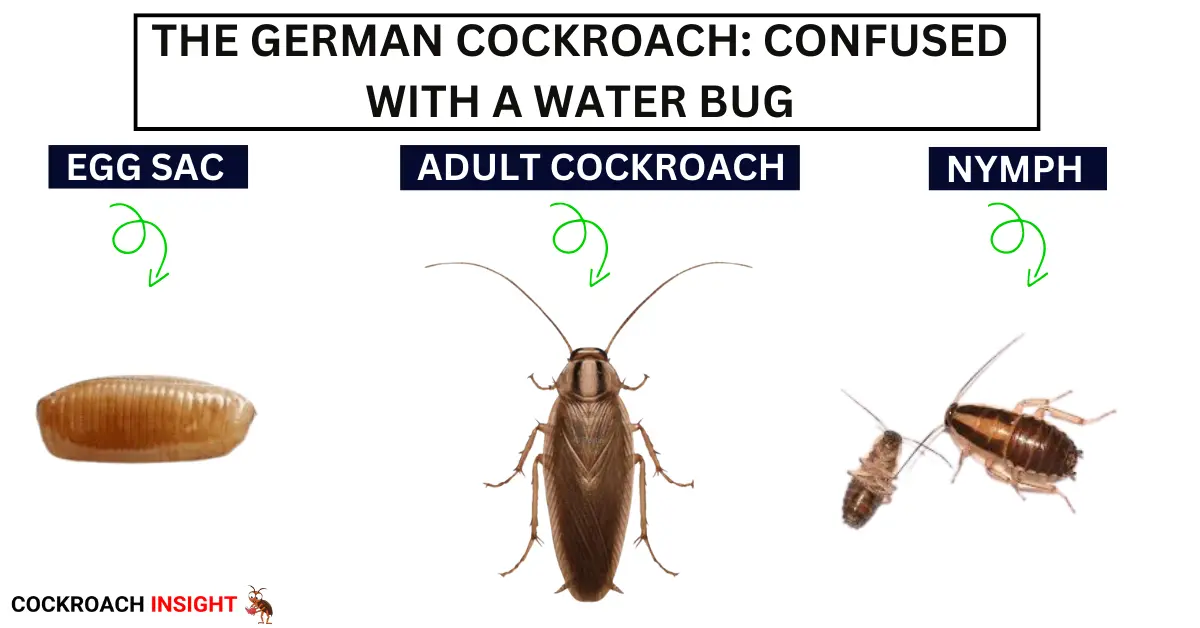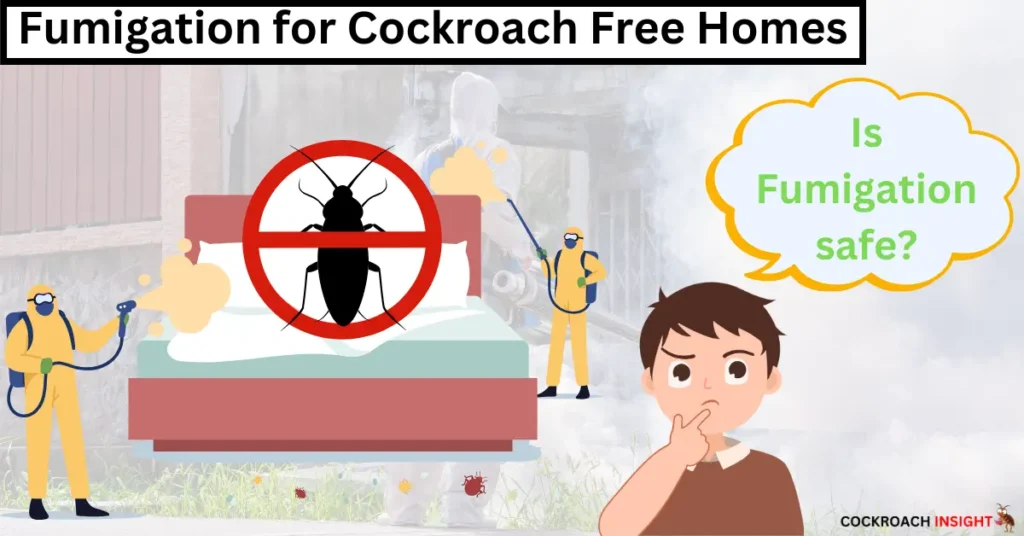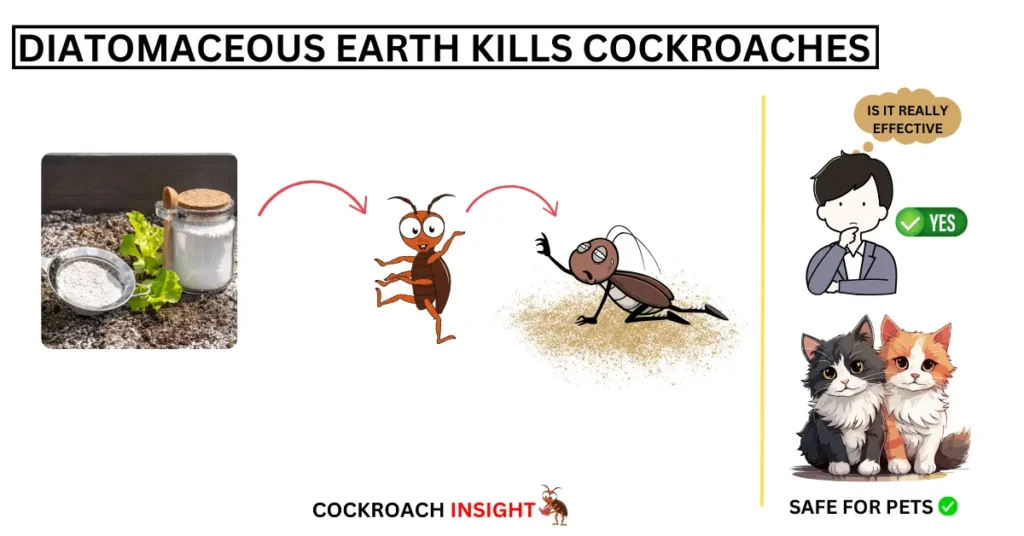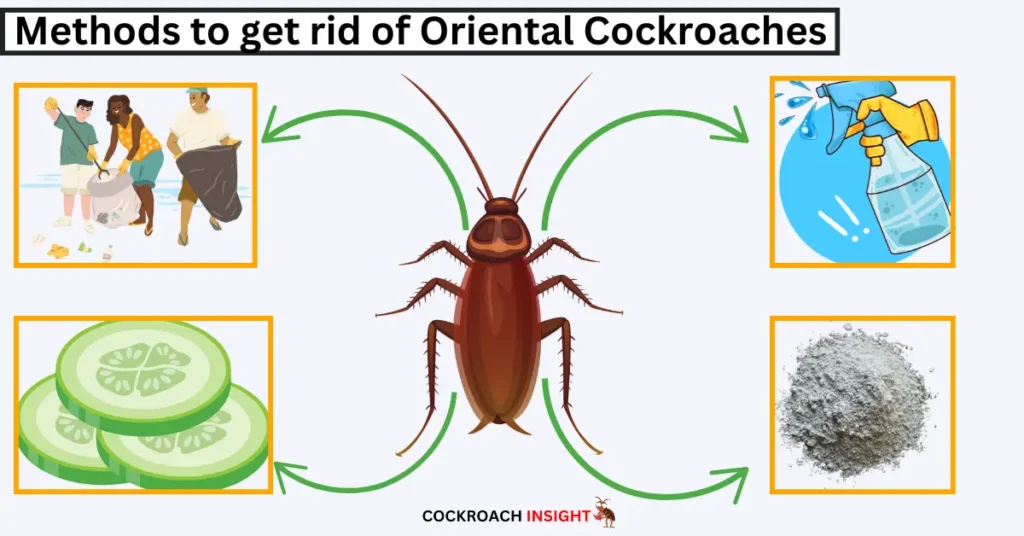For many of us, water bugs are a mystery. These creatures tend to show up in the most unexpected places, so people often wonder if they have a house water bug or something else altogether.
What makes it even more confusing is that there are some water bugs that look like cockroaches. This also leaves homeowners confused about the risks these bugs could bring into the living spaces.
Luckily, identifying water bugs isn’t that difficult of a task. If you learn what makes them different– their appearance, their habitat and behaviour – you can easily tell apart a water bug that looks like a roach from an actual cockroach. It also can help you take proper steps to manage them effectively.
Curious to learn more? Discover what attracts water bugs, how to spot water bugs, and how they differ from cockroaches in this guide.
The Giant Water Bug: Not a Pest in Your Home
One of the most striking members of the water bug family, the Giant Water Bug, is often mistaken for a household pest because of its size and physical appearance.
Facts: Occasionally, people mistake these large, aquatic insects for cockroaches, and they worry needlessly. Giant water bugs, however, prefer to live in rivers, lakes or ponds, and they usually stay out of homes.
Giant water bugs are not household pests, and unlike other household pests, they do not harm humans and play a beneficial role in their natural world.
These are skilled predators feeding on insects, fish and tadpoles. They have their own paddle-like legs, and they are good at holding their breath for long periods, so they suit aquatic life well.
Want to learn how water bugs differ from household pests and other bugs? Keep reading to uncover the traits, behaviors and key characteristics!
Size
Common water bugs range from 1 to 4 inches, making them relatively large insects.
Body Shape
Their bodies are flattened, oval and elongated, and this helps them look like a perfect streamlined body for swimming.
Color
They’re generally dark brown or black so that they blend in with their aquatic surroundings.
Wings
They have 2 pairs of wings; the front wings are hardened, and the back are membranous but are weak fliers.
Legs
Long and spiny, the legs of water bugs are meant to swim. You see, their hind legs are gently paddle-like and provide a smooth glide through the water.
Mouthparts
They have beak-like mouth parts (rostrum), which are used for piercing and sucking prey, consisting of small aquatic creatures such as insects or fish.
Water bugs are made to thrive in the water they are found in, which is completely different from cockroaches or any other water bugs out there.
The American Cockroach is often confused with a water bug, and there are some differences between the two. Both insects can be similar in size and colour. However, these physical differences, as well as their behavior, tell them apart.
Comparison Between American Cockroaches and Water Bugs
Although it is commonly known as the American cockroach, it is by no means a water bug. While these two insects sound similar, they actually don’t belong to the same family.
American Cockroaches are terrestrial insects that spend time in search of food and for the shelter in homes, while water bugs are aquatic insects that live in ponds, lakes and streams.
Physical Characteristics
Size
American cockroaches are about 5 to 2 inches, whereas water bugs are from 1 to 4.
Shape
Water bugs are flattened and elongated, and cockroaches are rounded and broad.
Color
American cockroaches are reddish brown with a yellowish figure 8 pattern on the back, while water bugs tend to be dark brown to black.
Wings
American cockroaches have fully functional wings and are strong fliers, and both insects have wings. But water bugs have poor flying skills and are much better swimmers.
Legs
Water bugs have long, spiny legs with paddle-like hind legs for swimming. Cockroach legs are very fast-moving and also very tough.
Behavior
Where They Live
American cockroaches are attracted to moist indoor areas such as kitchens and basements and usually enter a house through cracks and sewer systems. But water bugs are really primarily aquatic creatures, and they’re often found in ponds or streams.
How They Move
Water bugs are strong swimmers with fast paddle legs, and cockroaches are quick runners, scurrying across surfaces.
What They Eat
Scavengers, American cockroaches will eat scraps of food, garbage and decaying matter. Water bugs are predators, feeding on aquatic creatures such as fish, insects, and tadpoles.
Once you’ve learned these distinctions, you’ll be able to easily tell if it’s an American cockroach or a water bug. It is important for pest control as well as to help prevent future confusion between the two.
The American Water Bug Nymph
The American water bug Nymph is the juvenile state of the American water bug, and might appear very different from the adult.
The Nymph is smaller, has no fully developed wings, and usually lacks colours characteristic of the adult. As the water bug matures into an adult water bug, the Nymph also develops into something different looking and behaving.
Life Cycle and Development Stages
The American water bug passes through a gradual metamorphosis from an egg to the nymph stage and then becomes an adult.
After hatching, nymphs look a lot like smaller versions of the adults, but they continue growing, shedding their skin many times before becoming adults.
In aquatic environments, the Nymph is more active and agile, and it uses spiny legs for swimming.
Physical Appearance and Behavior
As the Nymph, the water bug’s body will be softer and lighter in colour than the adult will have. Nymphs also lack the large, paddle-like hind legs that adults use for swimming, although they still have well-developed front legs for holding prey.
Like adult water bugs, it preys on smaller aquatic creatures and hides out in water plants or debris.
Trying to identify water bugs in different stages of their life cycle must be done by recognizing the nymph stage. Look out for these smaller, wingless versions, which may be more difficult to detect than full-grown adults.
The German Cockroach: Confused with a Water Bug
Another insect that looks like a water bug and often gets mistaken for one is the German Cockroach, although there are big differences between appearance and behavior.
German cockroaches, unlike water bugs, aren’t aquatic and love a warm home, living where it’s warm in kitchens and bathrooms. Knowing when and how to distinguish the two is a way to characterize the pest better.
Differences Between German Cockroaches and Water Bugs
Physical Characteristics
The German cockroach is smaller, about 1 to 1.5 inches long, with a light brown or tan colour and two dark parallel stripes down its back. Water bugs are much larger, dark brown or black, and have a more flattened body shape.
Wings
The adult German cockroach has fully developed wings, although they are not strong fliers; the adult water bug has weak flying ability and does swimming more than flying.
Legs and Movement
Faster than the German cockroach are its fast-running legs, and it has no problem scurrying quickly across surfaces to seek food or shelter. On the other hand, water bugs aren’t great swimmers and use their paddle-like legs to move through water.
Habitat and Behavior
German cockroaches are happy living indoors, hiding in cracks, crevices, and behind appliances, and pop in to look for food and warm places to live.
Water bugs are outdoor aquatic creatures seen in ponds, lakes, or streams; they only turn up in houses by accident, from plumbing or from gaps in the foundation.
German cockroaches and Water bugs are both can be really nuisance come across, but knowing the details between the two will definitely help you identify the pest accurately so you can control the pests accurately.
The Oriental Cockroach Nymph
The Oriental Cockroach Nymph is yet another stage in the life of a cockroach that all too often looks like a water bug, mostly due to its appearance and actions.
Like other cockroaches, the Oriental cockroach passes through several stages of development, and the nymph stages are somewhat similar to both the American water bug and other types of water bugs.
Details on the Oriental Cockroach Nymph Stage
The Oriental cockroach nymph is dark brown or black, soft-bodied and has no fully developed wings. It can get dark and large as it matures and develops hardened wings, like those of adult cockroaches.
Cockroaches vary in size among the different species, but overall, the nymph stage is generally smaller than the adult roach and is usually 0.5 to 1 inch long with a more rounded body than the elongated, flattened body of water bugs.
How to Differentiate Oriental Cockroach Nymphs from Water Bugs
Size and Shape
Cockroach nymphs are smaller and more cylindrical, and water bugs are generally larger and more flattened.
Color
Oriental cockroaches may look slightly lighter than adult cockroaches but significantly lighter than the black and brown color of water bugs.
Behavior and Habitat
Like adults, however, nymphs of the Oriental cockroach are more likely to be found in dark, moist indoor areas, such as basements, kitchens, and bathrooms.
For one, water bugs are aquatic and live in ponds, lakes, or streams and only get into your home accidentally.
You can easily recognize Oriental cockroach nymphs and water bugs and take the correct steps to manage them if you make a distinction between the differences between Oriental cockroach nymphs and water bugs.
Where Do Water Bugs Live?
Most always, water bugs are aquatic insects, so their habitats should be centred around water. Unlike cockroaches, which can be found in homes and other dry environments, water bugs prefer moist or aquatic areas, making them a common sight in natural bodies of water.
Knowing their habitats can tell you where to look when you come across them and what you can do, such as help prevent them from ever entering your home in the first place.
Preferred Habitats and Environments of Water Bugs
They exist in waters such as ponds, lakes, marshes, and streams, as well as in the aquatic part. These insects live in stagnant or slow-moving water, where they like the ease of hiding among plants, debris, and other aquatic features.
Typically found close to the water’s edge, they feed on smaller fish, insects, or amphibians.
Common Locations Where Water Bugs Are Found
Ponds and Lakes
The insects depend on water for food and habitat, and these are the most common places where water bugs live.
Marshes and Wetlands
Water bugs find plenty of hiding spots in shallow, marshy areas, and their growing up in an aquatic environment helps them survive.
Streams and Rivers
Less common, but also not unheard of, water bugs can sometimes be spotted in sluggish streams and rivers, particularly in places where there is a lot of vegetation and a place to hide.
Water bugs are not common indoors unless somehow they’ve found their way in through plumbing or cracks in the foundation.
In order to get rid of water bugs, all you have to do is make sure that your home is well sealed and that the outside areas within the house don’t have any stagnant water nearby.
Do Water Bugs Eat Roaches?
Water bugs are carnivorous predators and eat many other smaller creatures that live in watery places. Their diet includes aquatic insects, small fish, tadpoles, and other soft-bodied creatures.
With their beak-like mouthparts, they stab and secrete the fluids from their prey using their strong, spiny legs to maneuver and hold the prey while swimming quickly through the water.
Water bugs and cockroaches will both be found in these types of environments but don’t normally prey on each other. Water bugs are carnivores but not really insects; they feed on aquatic prey, and cockroaches are scavengers able to eat organic matter, decaying food, and even dead insects.
Water bugs, therefore, do not generally eat roaches. But, if both pests are around your home, there may be a cause, such as moisture or sanitation problems, that is creating an environment for infestation to occur.
Fun Fact: Bugs Walking on Water
Water bugs are cool because they can ‘walk’ on water! People have long been interested in this ability. The design of their legs and how water makes it possible.
Something called surface tension allows water bugs to stay on top of the water. It happens when water molecules get as close as they can, forming a ‘skin’ sort of on their surface.
This “skin” can support light insects, such as water bugs, so they don’t sink. These tiny legs are covered with loads of tiny hairs, which trap the air and let them swim under the surface without actually breaking it.
And if something like soap or oil gets on the water, it breaks the surface tension of the water, and the water bug will sink. This is a perfect example of how everything in nature works so delicately!
How Big Are Water Bugs?
Depending on the species, water bugs can be quite large or quite small, though they are typically much larger than other types of insects, allowing for easy identification if encountered.
Size ranges are fairly broad for these insects; a lot of them are quite long, which makes them one of the biggest aquatic insects.
There are many species, but the biggest of them all, the Giant Water Bug, can reach an impressive 4 inches long. American Water Bug typically measures 1 to 2 inches in length, as do other species.
Water bugs are large compared with the average household pest, such as cockroaches, which are normally about 1.5 inches long. Their size and frightening looks typically are why people mistake them for something that is more dangerous or destructive than what they really are.
In spite of their size, water bugs are not aggressive toward humans and usually only enter homes by accident.
Why Do Water Bugs Come Out in the Summer?
As with many other insects, water bugs are busier in the warmer seasons, usually in the summertime. They are tightly tied to seasonal behavior, and the season depends on high temperatures and humidity, which is all good for their activity.
Water bugs usually come out more often in the summer because the warmer weather makes it easier for them to be more active. Water bugs are more likely to leave their aquatic homes to seek food or mates, so many species will be seen more during this time.
In aquatic environments, such as smaller insects, fish, and amphibians, increased activity occurs at the same time as a higher abundance of prey.
Then there’s an increase in rain and humidity, which water bugs love. These increases in moisture encourage them to leave their usual haunts and even, in the case of being in standing or damp areas around the property, enter the home.
For that reason, if you notice more water bugs in your home or garden this summer, it’s most likely because of when they’re active during the season.
How Do Water Bugs Get in the House?
Water bugs are not often found indoors since they are aquatic insects that prefer to stay close to a water source. They can, however, find their way into a home several different ways, often displaced accidentally from their ‘natural habitat’ or attracted indoors by appealing circumstances.
Water bugs gain entry to the home through a crack, gap or hole in the wall or door or through open windows, especially if there is nearby standing water, such as a pond, pool or irrigation system.
If there is stagnant water outside your home’s boundary, these insects can be attracted to it, and they could enter instead through cracks or gaps in the building’s external wall.
Plumbing systems can also bring water bugs into the house if there are leaks or pipes that run through to an outdoor water source.
Water bugs will find their way into your home if it has a basement or crawl space with the presence of moisture or water. Poorly sealed windows, doors, and cracks in the foundations of homes are other common entry points.
If you want to keep water bugs away from your home, make sure any standing water near the perimeter of your property is drained.
Seal the cracks and gaps in the window, door, and foundation, and check your plumbing system. Inspect the outer side of your home on a regular basis to avoid easy access to pests.
Impact of Water Bugs on Human Health and Environment
While water bugs themselves are not harmful to humans, their presence can be something of a concern. Some of these insects can carry bacteria or other pathogens on their bodies and may spread them in places where they walk.
However, they are not known to transmit diseases directly to humans. Even though water bugs look threatening, water bugs rarely bite unless they are stepped on.
Water bugs are important in terms of their impact on the environment. They help maintain the balance of populations of other smaller aquatic organisms. As they feed on many different pests, they help to regulate the aquatic food chain.
Nevertheless, if large numbers of them come in and invade people’s homes or local water sources, they can disturbt the delicate balance of the environment.
If you see water bugs in your home regularly, you should take care of the moisture issue and ensure that your house is water-tight.
Management of water bug infestations can limit potential health concerns and environmental impact of infestation in your immediate area.
Tips for Managing Water Bugs (If Necessary)
If water bugs have made an appearance in your home, you need to take the right steps to manage and control them. These insects are usually harmless.
However, their presence often feels unsettling – especially in large numbers when they can become a hygiene problem. Here are some tips for managing water bugs:
Seal Entry Points
Make sure all windows, doors, and cracks on the foundation are all sealed. The most common way for water bugs to get inside is through the gaps, so sealing them out is the first thing you need to do.
Eliminate Standing Water
Standing water attracts water bugs, so eliminate standing water around your home. To prevent water accumulation, fix leaky pipes, drain puddles, and make sure that your gutters are clear.
Improve Ventilation
The moisture can actually attract water bugs to your house, so you can increase airflow and reduce humidity inside. Basements, for example, should use dehumidifiers and properly ventilate the kitchen and bathroom.
Use Natural Repellents
Natural repellents like essential oils (eucalyptus or peppermint) can help you deter water bugs. Spraying these around windowsills and doorways may help keep them at bay.
Consult a Pest Control Professional
Contact a pest control service to get rid of the problem if you notice an infestation or aren’t sure how to remove it. This allows them to assess the situation and give relevant treatments that will effectively control water bugs.
These preventive measures can help you keep water bugs out of your home and also keep your home clean and pest-free.
Conclusion
Finally, water bugs are quite alarming but fascinating creatures full of fascinating traits and behaviors. They are important to their natural habitat, as they aid in controlling smaller organisms and keeping the balance.
While they are not dangerous to humans, their presence indoors can be unsettling, especially if they’re mistaken for pests like cockroaches.
If you know how water bugs behave and can identify the pests, you can control them better. Things you can do to prevent infestations include sealing off entry points, reducing moisture, and keeping your home clean.
And if water bugs turn into a problem, natural repellent and/or professional pest control services are always available.
Remember, though water bugs may be a nuisance, they are just another part of the diverse insect world, with behaviors and abilities that show how nature’s wonders can often surprise us!
FAQ SECTION
What are the signs of water bugs?
You might spot water bugs near water sources, especially at night. They can also leave droppings or egg cases, and sometimes you’ll see them walking on floors or walls.
What are the most common water bugs?
The most common water bugs are the Giant Water Bug, American Water Bug, and Oriental Water Bug. They all live near water but have some differences in appearance.
What is the fastest way to get rid of water bugs?
To get rid of water bugs quickly, fix leaks, drain standing water, and seal any cracks or gaps in your home. If the problem continues, a pest control expert can help.
What is the lifespan of a water bug?
Water bugs can live up to a year, but their lifespan depends on the species and environment. Some may live for several months, especially near water sources.
What does a water bug look like in the house?
Water bugs in the house are large, dark insects with flat, oval bodies and long legs. They are often found near damp areas like sinks or basements, and some may have weak wings.

